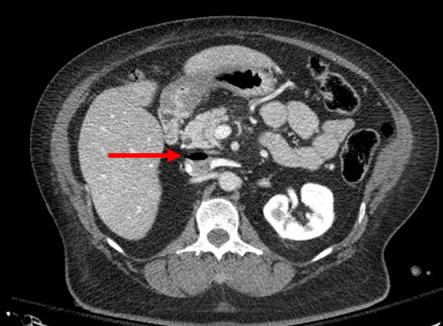EMS providers are the trauma professional’s eyes and ears when providing transportation from the scene of an accident. We rely on their assessment of the mechanism of injury and the amount of blood lost. We tend to believe in the accuracy of those assessments.
A study was carried out that tested EMS personnel on their ability to accurately estimate specific amounts of blood that were left at a simulated accident scene. The blood volumes tested were 500cc, 1000cc, 1500cc and 2100cc. A total of 92 professionals participated, and there was an even split into basic EMTs (34%), intermediate/critical care EMTs (33%) and paramedics (31%). Experience levels were as follows: 0-5 years 43%, 6-10 years 30%, >10 years 31%.
The results were as follows:
- 87% underestimated the quantity of blood
- 9% overestimated
- 4% guessed the exact amount
- Experience or credentialing level did not matter
Only 8% of the subjects were within 20% of the actual volume, and an additional 19% were within 50%. In general, most medics underestimated the amount of blood lost, and their guesses were worse with higher volumes. The median guess for the 2100cc loss group was only 700cc!

Bottom line: Visual estimates of blood loss are extremely inaccurate, and are most likely underestimates. Physicians in the ED should rely on exam and physiology to help determine the amount of blood loss. For safe measure, multiply the reported blood loss of the EMT or paramedic by 2 or 3 to get a realistic number.
Reference: Patton et al. Accuracy of Estimation of External Blood Loss by EMS Personnel. J Trauma 50(5), 914, 2001.

